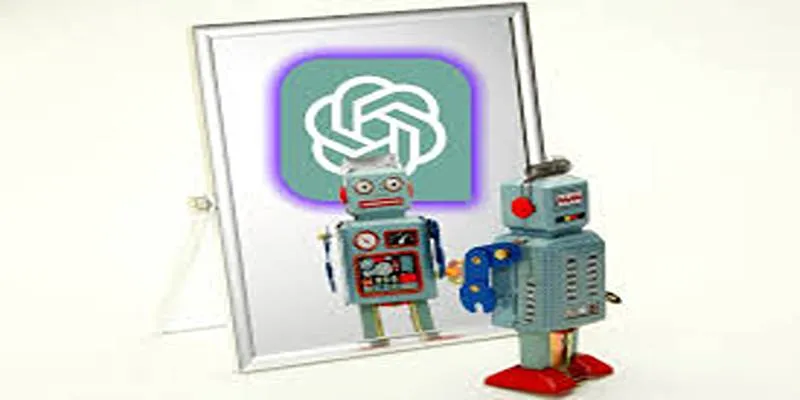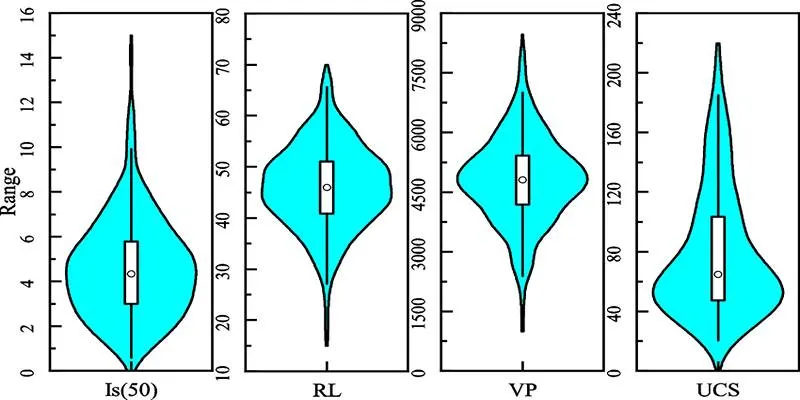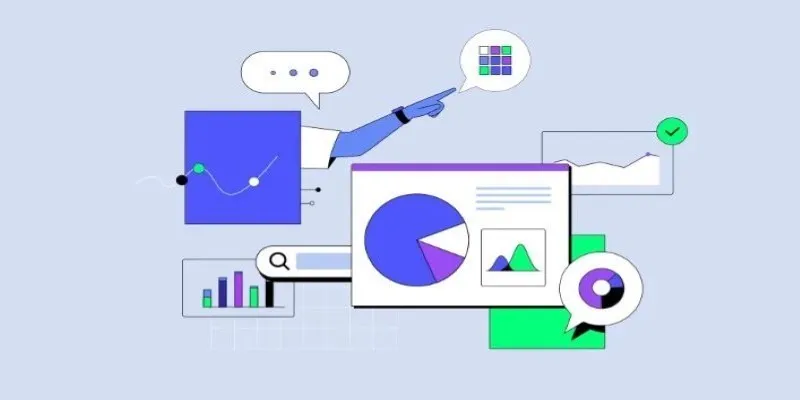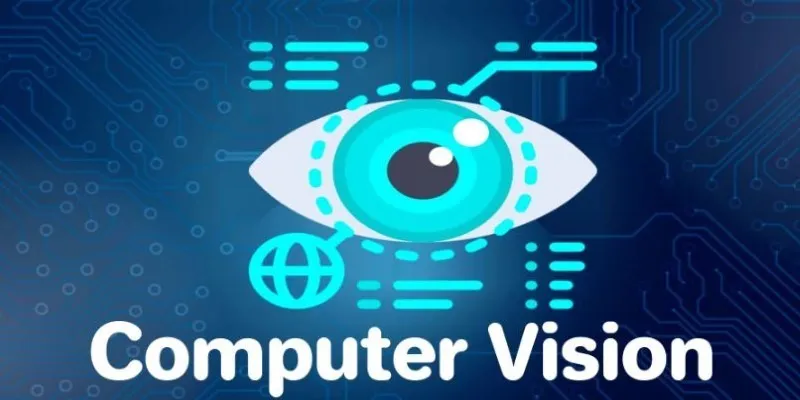In recent years, there’s been a lot of buzz about artificial intelligence (AI) and its ability to understand language. But how exactly does this happen? Enter Natural Language Processing (NLP), a fascinating branch of AI designed to bridge the gap between human communication and computer understanding. NLP enables machines to read, interpret, and even respond in ways that mimic human conversation.
Today, NLP finds applications in a variety of fields, from customer service chatbots to language learning apps. This post will delve into what NLP is , how it functions, and its transformative impact on future human-computer interactions.
Understanding Natural Language Processing
Natural Language Processing empowers machines to comprehend, analyze, and generate human language. The diversity of accents, slang, and languages poses significant challenges for computers. However, NLP is designed to navigate these complexities, allowing machines to grasp the intricacies of human language.
Imagine teaching a machine to interpret a statement like, “I can’t stand this weather!” The machine needs to discern whether this is an expression of dislike or a neutral observation. NLP facilitates this understanding.
How Natural Language Processing Works
NLP involves several crucial steps to process language , helping computers decode the meaning behind words, phrases, and sentences. Here’s a simplified breakdown:
- Tokenization : Tokens are small text segments used as building blocks in NLP. They can be individual words or short phrases. For instance, “I love ice cream” would be tokenized into “I,” “love,” and “ice cream.”
- Part-of-Speech Tagging : This step assigns grammatical roles to each token, such as nouns, verbs, or adjectives. For example, in “She runs fast,” “She” is a pronoun, and “runs” is a verb.
- Named Entity Recognition (NER) : This process helps computers identify specific entities like names, places, dates, or organizations. For example, “I met Mark in Paris last summer” triggers NER to recognize “Mark” as a person and “Paris” as a location.
- Parsing : Parsing examines the connections between words in a sentence, breaking down grammatical rules to understand the sentence’s structure and meaning.
- Sentiment Analysis : This technique determines the emotional tone of a sentence, identifying whether it’s positive, negative, or neutral.
These processes collectively enable computers to interpret text similarly to human comprehension.
Applications of Natural Language Processing
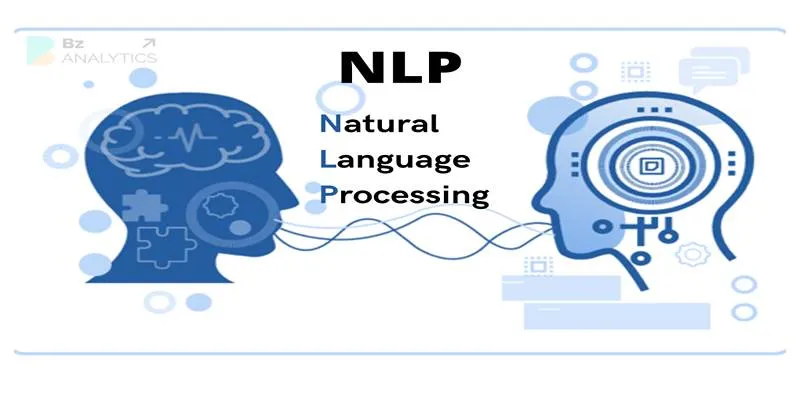
NLP is integral to many everyday applications that enhance convenience and efficiency. Here are some common uses:
- Chatbots and Virtual Assistants : Services like Siri, Alexa, and Google Assistant utilize NLP to process voice commands and respond as though conversing with a human.
- Language Translation : Apps like Google Translate leverage NLP to convert sentences from one language to another, facilitating cross-language communication.
- Speech Recognition : Devices that transcribe spoken words into text, such as voice typing tools, rely on NLP to accurately interpret spoken language.
- Customer Service Automation : Many businesses implement NLP-powered chatbots to address customer inquiries without human intervention.
Challenges in Natural Language Processing
Despite significant advancements, NLP still faces several challenges due to the complexity and ambiguity of human language:
- Ambiguity : Words or sentences can have multiple interpretations. For instance, “bank” might refer to a financial institution or a riverbank. NLP must infer the intended meaning from context.
- Slang and Idioms : People frequently use slang or idiomatic expressions that might confuse computers. For example, “break a leg” means “good luck,” which could perplex a machine.
- Cultural Differences : Language varies across cultures, with different regions using unique expressions. NLP must account for these variations to be effective.
Despite these challenges, NLP continues to evolve as AI models become more sophisticated and adept at processing human language.
The Future of Natural Language Processing
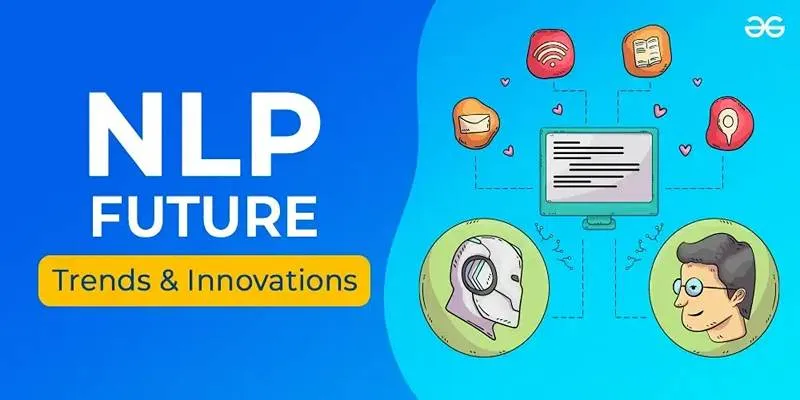
As NLP technology advances, we can anticipate even more remarkable applications of AI. Areas to watch include:
- More Accurate Language Models : AI systems will improve in understanding context, enabling them to handle complex conversations and provide more precise responses.
- Cross-Language Communication : In the near future, NLP could facilitate real-time communication between speakers of different languages without requiring a human translator.
- Healthcare Applications : NLP will play a significant role in healthcare, analyzing patient records and aiding doctors in interpreting medical language, ultimately enhancing patient care.
The future of NLP is promising, with its impact on daily life expected to grow as technology evolves.
Conclusion
In summary, Natural Language Processing is a groundbreaking field within AI, enabling machines to understand and engage with human language. From virtual assistants to language translation tools, NLP is enhancing human-computer communication, making it more natural and intuitive. Although challenges remain, NLP’s future is bright, with advancements promising even more sophisticated technology. As AI continues to progress, NLP will play an increasingly vital role in facilitating interactions between people and computers.
 zfn9
zfn9


